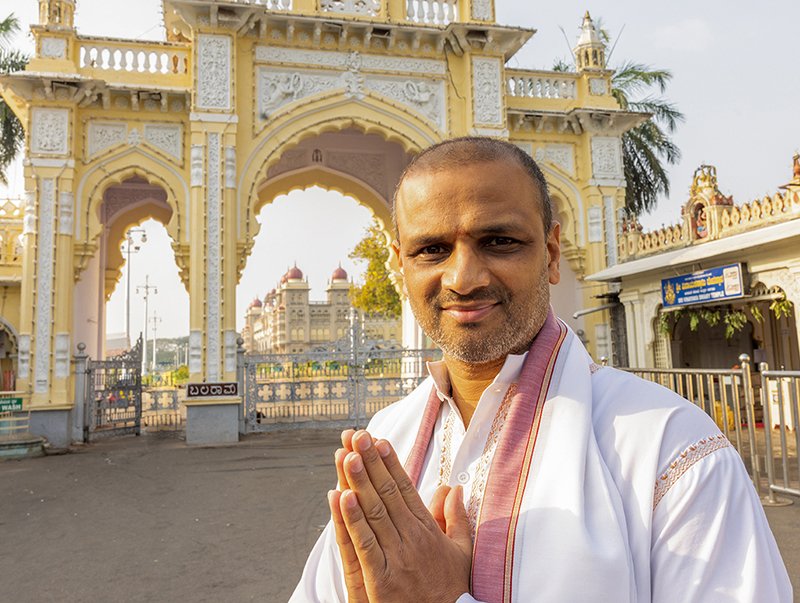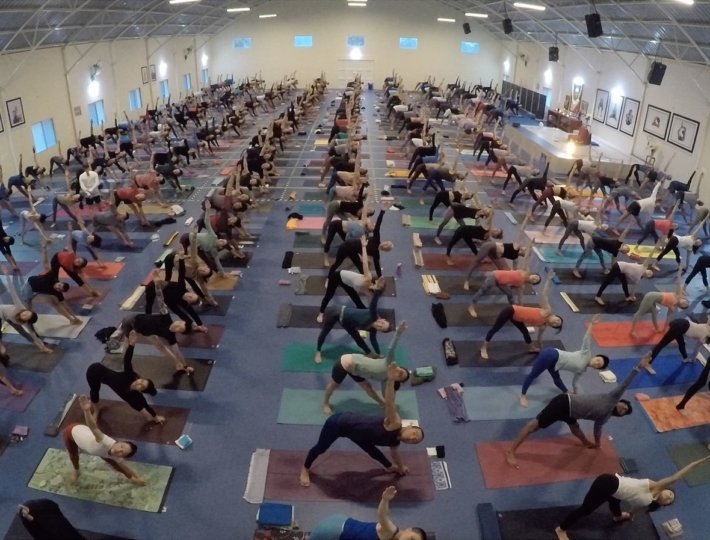The ringing of an alarm clock can be a dreadful sound, aggressively yanking people out of a deep sleep. Some folks, however, are spared the jarring noise. The morning person naturally wakes up feeling refreshed, alert, and ready to start the day. It’s a lifestyle preference, many believe, but science says otherwise. Whether or not you can become a morning person has little to do with choice and a lot to do with your DNA, or more specifically, your chronotype.
“It’s not too long ago that the chronotype was a very vague concept. It basically was how you felt about yourself—whether you felt you were a morning person or an evening person,” says Nick Littlehales, advisor on sleep to several corporations and professional sports teams and founder of SportSleepCoach.com.
“But it’s now proven genetically that there is a certain set of the population that is two to three hours behind the rest.”
One of the leading scientists examining chronotypes is Till Roenneberg, Ph.D., of Ludwig-Maximilians University in Munich, Germany. In the mid-2000s, he and his staff examined the sleep-wake times of more than 55,000 people. They found within that group, small sets of people followed pretty extreme schedules—night owls preferred to go to bed as late as 5 a.m., which is about the same time that very early wakers (described as larks) get up. The majority of people went to sleep sometime between 11 p.m. and 1 a.m., waking between 7 a.m. and 9 a.m.
Roenneberg and his team used those findings to develop an algorithm that helps people determine their own personal chronotype through an online survey. Try it yourself here if you’d like. More than 250,000 others have, and their results show that, for the most part, humans are very much timed to rise with the sun. Roenneberg says that, within any time zone, there’s a noticeable trend in which people’s preferred sleep schedule becomes slightly later from east to west.
“The mid-point in [respondents’] sleep durations moves with longitudes,” Roenneberg says. “So let’s say the average midpoint on the eastern border of a time zone was a 4 a.m. If you moved one longitude line to the west, it would be 4:04 a.m., and then 4:08 a.m. in the next. Four minutes is how long the sun takes to cross a longitude [line]. “I would have predicted a strong influence of dawn and dusk, but that was astounding,” Roenneberg says.
Related: The Dangers of Accumulating Sleep Debt
Researchers at the Institute of Physiology at the Czech Academy of Sciences in Prague took this intriguing investigation a step further in 2013. Using elements of the questionnaire created by Roenneberg and his colleagues, the Czech team identified six larks and six owls, then took saliva and mucous membrane samples from every person at four-hour intervals. Those samples showed significant differences between the two groups in their levels of melatonin (a hormone that helps induce rest) and in their activity of RNA proteins Per1 and Per2, which play important roles in maintaining a person’s circadian rhythm. Simply put, the late-nighters and early-risers were distinct at a hormonal and cellular level.
To understand what all of this means to you, consider that our daily lives are ruled by two clocks. One is probably best represented by our alarm clock, which rings each day at a time we choose—or more likely, was chosen for us by outside circumstances like work, kids, or a great yoga instructor who for some reason schedules her classes for 6:00 a.m. Roenneberg calls this our “social clock.”
The second clock—our circadian rhythm—is more subtle but very real. This body clock is primarily controlled by the suprachiasmatic nuclei (SCN) within your hypothalamus, but scientists believe that nearly every cell in your body can influence it. That’s why sleep experts, doctors, and others recommend that in the evening you avoid blue light—the type generated by computer, tablet or smartphone screens like the one you’re probably reading this story on right now. Your cells interpret blue light to mean that it’s daytime, and tell the body to up its serotonin and decrease melatonin so feel more wakeful.
In an ideal world, your social clock would mirror your body clock, ensuring that you get sufficient sleep, wake naturally (without the use of an alarm clock), and feel fully awake as you go about your day. When those clocks don’t align, such as when a person with a late chronotype has to wake up for a job with an early morning start time, the result is what Roenneberg and others describe as “social jetlag.” The jetlag comparison is apt, researchers say, because a person who’s out of sync with his or her chronotype will typically get insufficient sleep throughout the week, then try to make up for it by following their more natural schedule on weekends.
Related: The New Sleep Schedule for a Better Night’s Rest
Social jetlag is minimal to nonexistent in people who follow the same sleep-wake schedule on weekends as they do on weekdays. But it has a pronounced negative effect on others, especially late-nighters trying to muscle their way through a day job. A 2006 study by Roenneberg and his peers found that late chronotypes with higher amounts of social jetlag consumed more caffeinated beverages, were more likely to smoke, and reported feeling more exhausted during the week. More recent research from Roenneberg indicates a possible link between social jetlag and obesity, as people who reported greater differences between their preferred and actual sleep schedule tended to have higher Body Mass Indexes (BMIs).
There is a bright side to this seemingly dark news: You can reduce the negative health effects of social jetlag and, perhaps, eliminate them entirely. Roenneberg and his team have been working with certain employers to adjust work start times, and found encouraging results.
“We recently redistributed shift-workers according to their chronotype, and found that this gives them up to one hour more sleep on workdays and reduced the amount of compensatory sleep on their free days,” Roenneberg says. That’s not just an added bonus employees, but also it boosts productivity. Well-rested workers are more likely to think clearly when they’re on the job.
Another solution is to adjust your light exposure during the day. Ideally this would mean allowing more sun and sky into our workspaces. “If we would achieve more natural light in buildings, the amount of social jet-lag would be greatly reduced,” Roenneberg says. If you can’t convince your boss to move you to the corner office with floor-to-ceiling windows, try escaping for a short walk at lunch. Exercise has been shown to improve sleep quality, and the dose of sunshine will help keep your body on its natural schedule.
To take part in Roenneberg’s survey and learn more about your personal chronotype, visit the Munich Chronotype Questionnaire.








Comments (0)